Nocturnal enuresis (NE) is a health problem that most people face in their childhood. It is defined as an involuntary voiding of urine during sleep, and the frequency is at least twice a week in children. The condition is usually in the absence of congenital or acquired defects of the central nervous system. There’s two types, monosymptomatic nocturnal enuresis (MNE), which has no daytime urinary symptoms and non monosymptomatic nocturnal enuresis (NMNE), characterized by daytime urinary symptoms.
This disorder is more common in younger children and affects 5%–10% of younger school-age children. Enuretic children have a greater risk of suffering from a lack of self-esteem. They are also affected by feelings such as humiliation, guilt, and shame and they cause a great deal of heartache to the children and their parents. There are underlying physiological mechanisms of nocturnal enuresis and there are multiple factors that can cause it. There are three common mechanisms that can cause excessive nocturnal urine production, bladder overactivity, and a failure to recognize bladder sensations.
First-line Treatments for Nocturnal Enuresis
The first-line of bedwetting therapies focuses upon the aforementioned mechanisms; that includes oral pharmacological therapies such as desmopressin, tricyclics, or oxybutynin and other behavioral therapies. Desmopressin is a therapy that has been used for several decades and it’s an effective therapy for unselected enuretic children. The only con of this treatment is that the clinical effect does not last long and the side effects start as soon as the drugs stop. So, some patients may be reluctant to use it for long periods. Some of the preferred modes of treatment are a bed alarm.
Complementary and alternative medicine (CAM) is widely thought to face the increasing demand for nonpharmacological approaches. As a mainstream CAM therapy, acupuncture treatment based on TCM theory has been used as a great success to treat nocturnal enuresis in Chinese cultures. Compared to conventional care, it is safe and pretty cost-effective; and can also assure the maintenance of patients’ compliance. However, there is little published information to warrant acupuncture therapy to be a standard therapy of nocturnal enuresis. The chief objective of this review is to evaluate the efficacy of acupuncture therapy in treating nocturnal enuresis when it is compared with placebo acupuncture or other oral pharmacological treatment based on certain randomized controlled trials.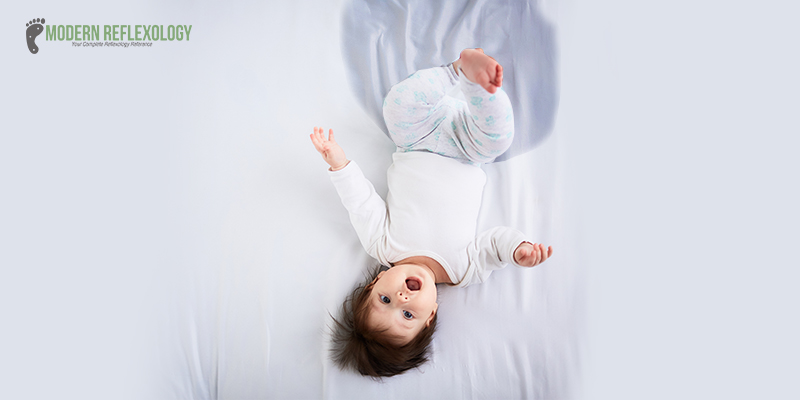
In some cases, Nocturnal enuresis is considered normal, especially for children up to the age of five. Acupuncture as an integral part of Traditional Chinese Medicine (TCM) is sometimes regarded as a primary treatment especially for treating nocturnal enuresis in children, and there have been several published articles in the past decades on its many benefits. The benefits include no more bedwetting, improved sleep quality and boosted quality of life. An average number of treatments required for treating nocturnal enuresis is 6.
Best Acupuncture Points for Treating Nocturnal Enuresis – Bedwetting Treatment
In some studies, acupuncture was shown to be more effective than most bed wetting alarms and one of the most effective bed wetting treatments. Bedwetting alarms are a standard line of conventional medicine, it detects moisture and can wake up the patient with an audible tone. It is seen in some cases that electro-acupuncture has achieved better clinical results than acupuncture without electricity.
The Chinese Medicine Theory Behind Nocturnal Enuresis
Nocturnal enuresis is caused by a deficiency of Kidney Qi that leads to the inability of the urination bladder to regulate urination. The kidneys form urine and the bladder stores excrete urine. If the kidneys show any kind of deficiency, they are unable to support the function of the bladder in controlling urinary output.
Chronic nocturnal enuresis can exhaust the patient and impacts the proper distribution of nutrients to the body. According to Chinese medicine theory, it is referred to as Spleen Qi deficiency. As a result, this condition can result in a pale complexion and a low appetite. Nocturnal Enuresis treatment includes some classic acupuncture points for this condition such as Shenshu (UB23), Pangguangshu (UB28), Zhongji (CV3), and Sanyinjiao (Sp6). There are also some supplementary points such as Shenmen (Ht7) and Zusanli (St36). We will discuss the location of the acupuncture points.
Acupuncture Points for Bedwetting
1. Shensu (UB 23):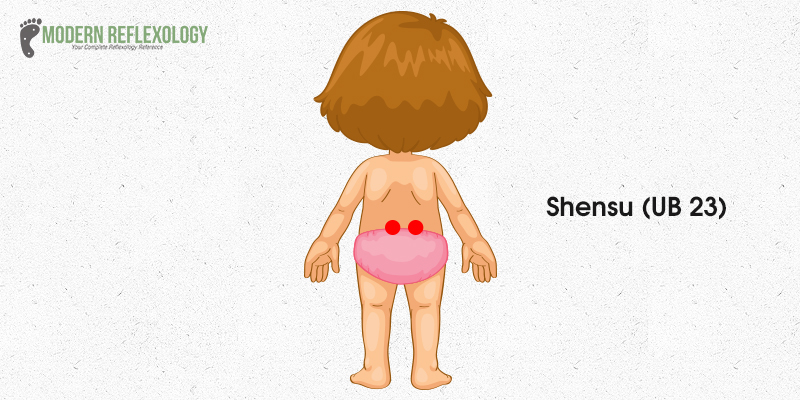
It is located on the back, 1.5 cun lateral to the lower edge of the spinous process of the 2nd lumbar vertebra. It is a great point to strengthen the Kidneys, tonify Kidney Yang and nourish Kidney Yin and Essence, boost the Kidney’s ability to grasp qi; and provides benefits to the ears and bones, as well as strengthens the lower back.
2. Pang guang shu (UB28):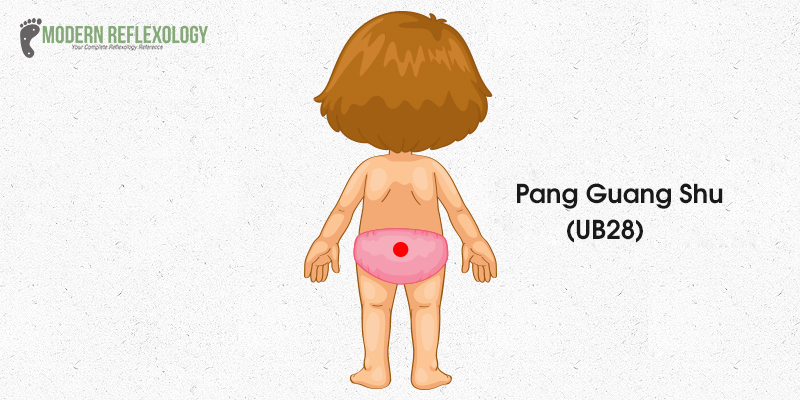
It is located in the region of the sacrum, 1.5 cun lateral to the midpoint of the sacral crest, at the same level of the 2nd posterior sacral foramen. The chief functions of this point are that it regulates the bladder, resolves the Dampness and Damp-Heat, removes stagnation, and opens up the water passages.
3. Zhongji (CV3):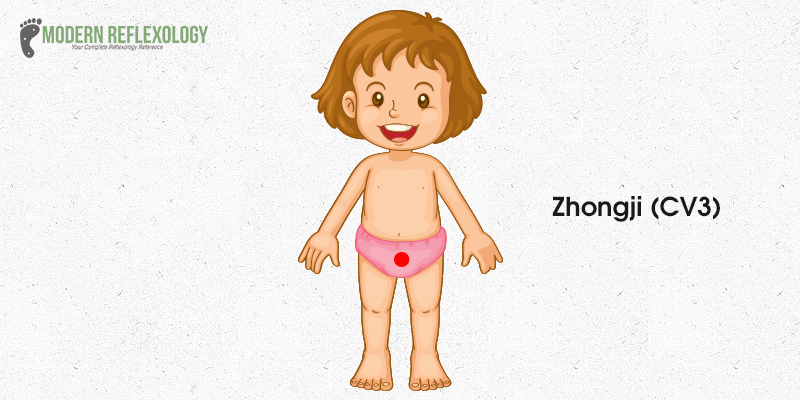
It is located on the midline of the lower abdomen, 4 cun below the umbilicus. It is particularly effective in treating Dysuria, enuresis, and retention of urine; seminal emissions, infertility, impotence, and other male diseases; irregular menstruation, leucorrhea, and dysmenorrhea.
4. Sanyinjiao (Sp6):
San Yin Jiao (SP6) is located right on the inside of your leg, right above your ankle. To find this point you can locate the highest peak of the ankle then move four finger widths up your leg, apply deep pressure right behind the bone (tibia). San Yin Jiao (SP6) is used for a number of disorders such as urological, pelvic disorders, insomnia, and menstrual cramps.
5. Shenmen (Ht7):
It is located at the ulnar end of the distal wrist crease when the palm is facing upward, right on the radial side of the flexor carpi ulnaris tendon. The Chinese translation for Heart 7 (HT 7) is Shen Men, which means Spirit Gate. This acupuncture point has some healing properties such as calming the mind and helping to resolve emotional related symptoms such as worry, anxiety, panic attacks, and heart palpitations. It also helps regulate any conditions related to the heart and promotes the circulation of blood throughout the body.
6. Zusanli (St36):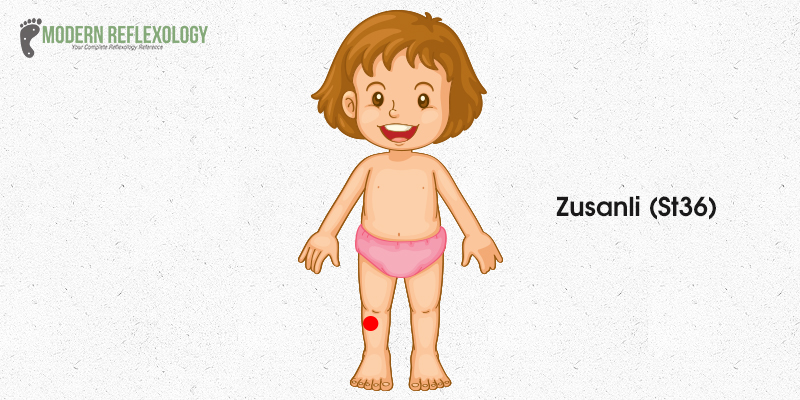
It is located four finger widths down right from the bottom of your knee cap, along the outer boundary of your shin bone. If you are able to locate it right, a muscle should pop out as you move your foot up and down. This point is commonly used for treating gastrointestinal discomfort, nausea, and vomiting, also stress and fatigue.
Certain lifestyle changes work best in complementing the treatment protocols for nighttime bedwetting such as avoiding caffeine, alcohol and fizzy drinks, especially late at night as caffeine seems to have a diuretic effect and increases urine output at night. Drinking adequate water during the day and limiting the water intake at night can help. Avoid constipation as this may affect the small bladder; so try and eat a healthy, balanced diet with enough fiber. A holistic approach goes a long way in treating this condition. Try natural cures for bedwetting, Acupuncture and the above-listed therapy and let us know whether these points helped you or your loved one in any way.

Comments are closed